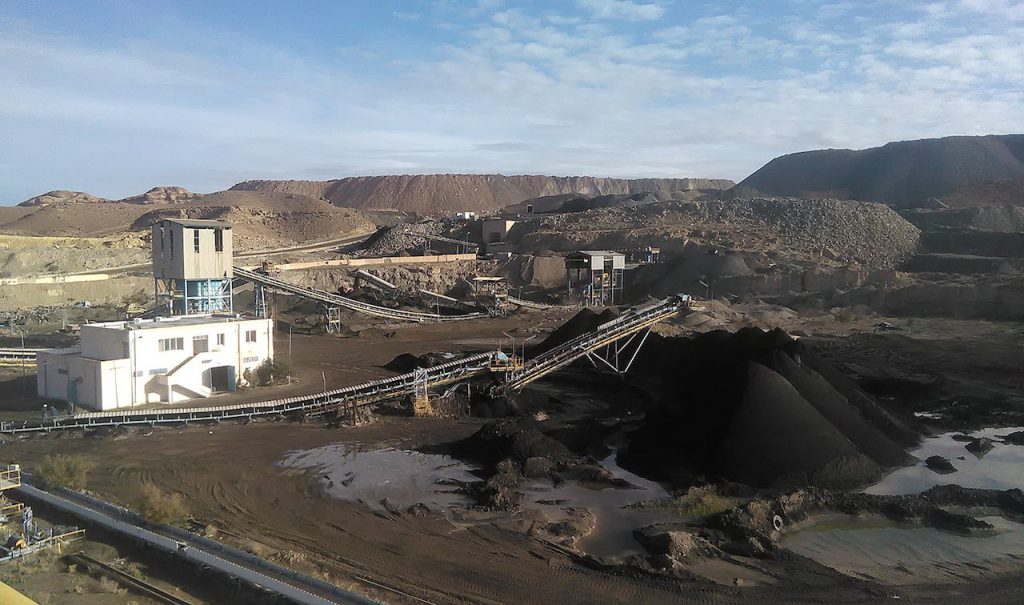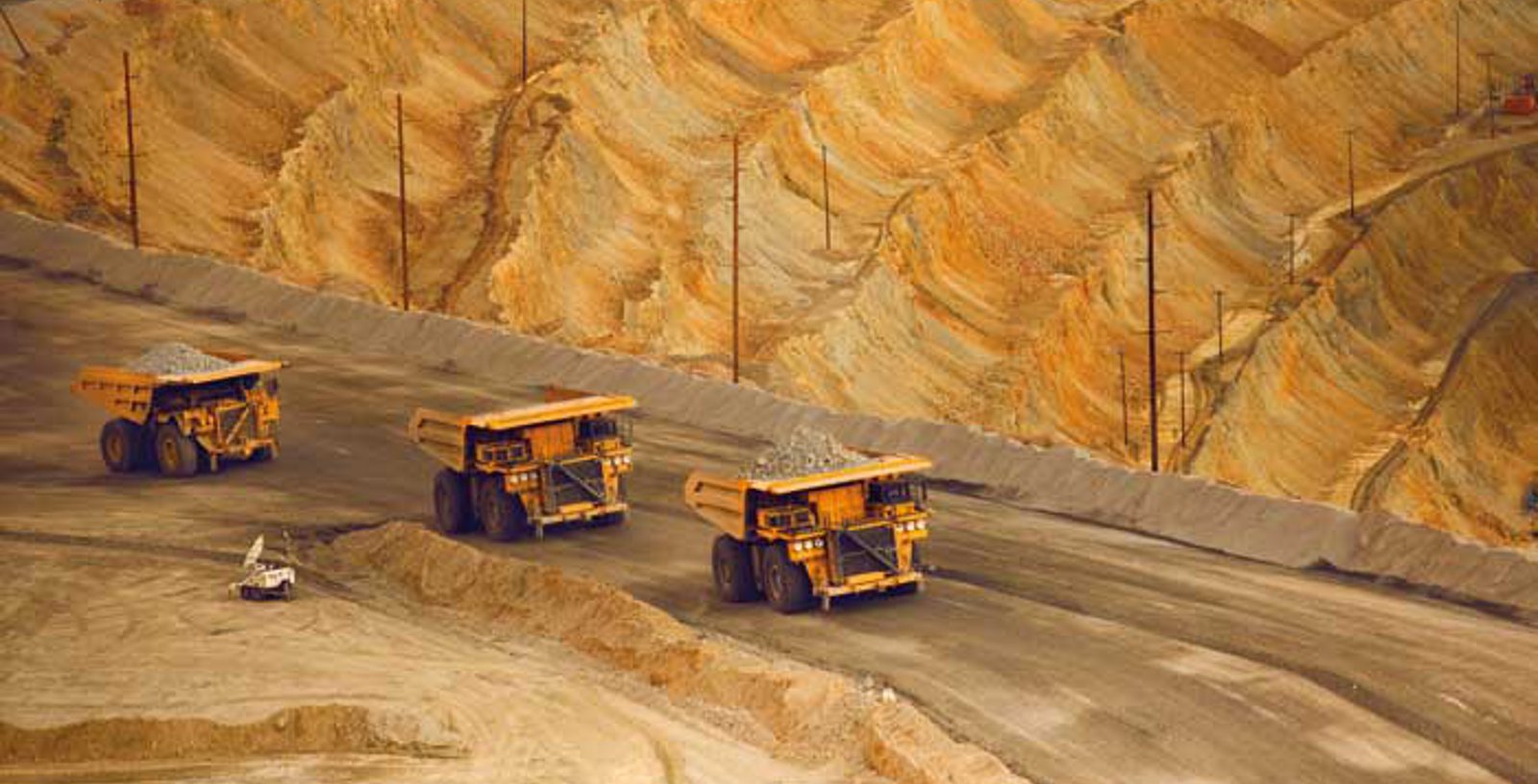Haunted by ghost workers, Tunisian phosphate miner seeks revival

Tunisia says it’s on track to restore once economically crucial phosphate output to levels approaching those before the 2011 Arab Spring uprising, as its beleaguered state-owned miner undergoes a shakeup.
Output will probably be at least 4.1 million tons in 2019, up from 2.8 million tons the previous year, Industry Minister Slim Feriani said. Before the revolt that unseated President Zine El Abidine Ben Ali and sparked long-running labor unrest, Tunisia was one of the world’s largest producers of the fertilizer component, creating as much as 8.2 million tons per year.
While the state-run Compagnie des Phosphates de Gafsa is suffering from “major economic problems,” it can be salvaged, Feriani said in an interview in Tunis. “The only solution is to improve production and productivity.” He described many of the company’s 30,000 employees as “ghost workers” hired “to maintain social peace.”
Before the 2011 Arab Spring uprising, Tunisia was one of the world’s largest producers of the fertilizer component
Revitalizing phosphate production would be a boon for Tunisia’s $40 billion economy that’s been stymied by low growth, lackluster investment and stubbornly high unemployment for much of the past decade, as other foreign-exchange earners such as tourism have foundered. Wrangling between the government and labor unions have made it tough to push ahead with the kind of cost-cutting the International Monetary Fund says is key to an economic revival.
The revolutionary unrest quickly spread to the mining industry, much of which is centered on underdeveloped regions of Tunisia where officials acknowledge a dearth of social services. In some cases, protesters occupied mines for weeks to demand jobs.
The number of CPG employees has rocketed to three times the amount in 2010, with many of them “not producing and not adding value,” according to Feriani.
“A solution must be found in stages by creating real jobs, which is a priority for the new government,” he said.
While a full restoration to 2010 production isn’t possible because CPG hasn’t invested in maintaining and developing its facilities, there’s still capacity to create 5 million tons, with the new Meknassi mine in Sidi Bouzid boosting output by 200,000, according to Feriani.
“If there is a truce and stability at the political and social level in Gafsa, Gabes and Sfax, Tunisia can achieve 6 million tons of phosphate production in 2020,” potentially adding 1 percentage point to Tunisia’s economic growth rate, he said.
“All engines of production have to go back to work,” he said.
(By Jihen Laghmari)
{{ commodity.name }}
{{ post.title }}
{{ post.date }}

Comments
Andrés sorribes
Gabes gulf needs cleanup ??